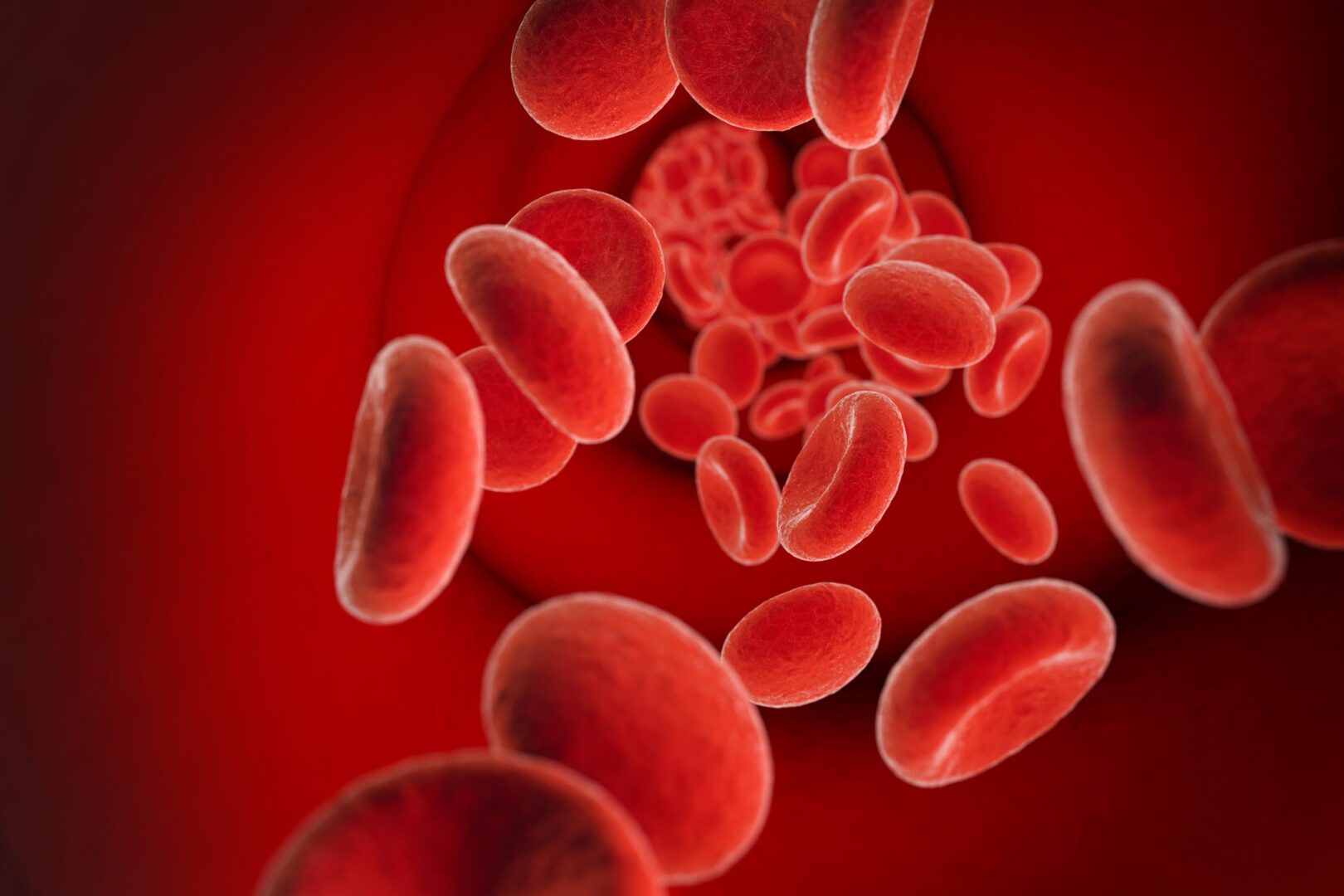Learning objectives
- Definition of bullous lung disease
- Anesthetic management of bullous lung disease
Definition and mechanisms
- Bullous lung disease is an uncommon cause of respiratory distress
- Characterized by the development of bullae within the lung parenchyma
- A bulla is a permanent, air-filled space within the lung parenchyma that is at least 1 cm in size and has a thin or poorly defined wall
- The term giant bulla is used for bullae that occupy at least 30 percent of a hemithorax
- Bullae do not take part in gas exchange and cause hypoxia and dyspnea
- Bullae are to be distinguished from other air-filled spaces within the lung:
- Blebs are air-filled collections within the layers of the visceral pleura and are <1 cm in diameter
- Cysts are round, well-circumscribed collections that have an epithelial or fibrous lining
- Cavities are usually thick-walled collections formed by focal necrosis within a consolidation, mass, or nodule
- Pneumatoceles are temporary tents in the lung parenchyma that usually arise from blunt trauma or over-distension of the lung
- Bullae grow in size over time
- If positive pressure is used, the intra-bulla pressure will rise in relation to surrounding lung regions with a concomitant risk of hyperinflation and rupture
- Bulla rupture could be life-threatening due to hemodynamic collapse from a tension pneumothorax or inadequate ventilation due to a resultant bronchopleural fistula
Signs and symptoms
- Shortness of breath or chest tightness, particularly with exertion
- Cough
- Sputum production
- Abdominal fullness or bloating, usually associated with severe obstruction and prominent air-trapping on pulmonary function testing
Etiology
- A consequence of cigarette or marijuana smoking
- HIV infection
- Intravenous drug users
- Alpha-1 antitrypsin deficiency
- Marfan syndrome
- Loeys-Dietz syndrome
- Ehlers-Danlos syndrome
- Sjögren syndrome
- Sarcoidosis
- Idiopathic
Diagnosis
- Chest X-ray
- CT
- Arterial blood gas
- Pulmonary function test
Treatment
- If symptoms are absent, bullae do not require intervention
- Perform surgical extraction when the patient has incapacitating dyspnea or for patients who have complications related to bullous diseases, such as infection or pneumothorax
Management

Suggested reading
- Saini V, Assu SM, Bhatia N, Sethi S. Abdominal surgery in a patient with bullous emphysema: Anesthetic concerns. J Anaesthesiol Clin Pharmacol. 2019;35(3):414-415.
- Goldberg, C., Carey, K., 2013. Bullous Lung Disease. Western Journal of Emergency Medicine 14, 450–451.
- Johnson MK, Smith RP, Morrison D, et alLarge lung bullae in marijuana smokersThorax 2000;55:340-342.
We would love to hear from you. If you should detect any errors, email us customerservice@nysora.com







